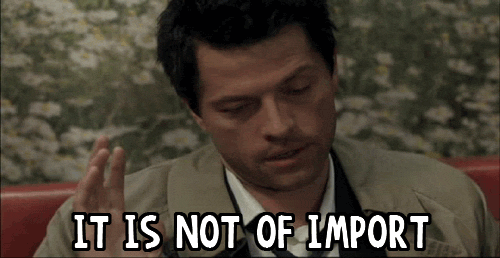I mentioned a couple days ago that I'd do a tutorial covering the basics of how I do fleabites. Considering it's midnight thirty, that means it's still yesterday in California so I'm going to say it's yesterday and I'm not late ;)
The concept of fleabitten horses can be intimidating. "How am I going to paint all of those little speckles?" you might be thinking. I did, too, until I found a good method that's quick and easy!
"Fleabitten" refers to a horse whose coat is speckled in little flecks of typically red fur, much like flea bites. These fleabites can be sparse to nearly looking like a roan, and some often come with a bloody shoulder marking.
Here are some examples of fleabitten horses with and without the bloody shoulder.
Looks intimidating, right? just imagine doing that with a teeny-tiny paintbrush, dabbing each little speckle into the coat. You'd spend two days doing one side at least!
Luckily, you won't need a teeny-tiny paintbrush for this part!
What you'll need:
- A prepped, primed, and clean model!
- Water
- Red, white, green, and yellow paints (or red and brown if you have them, but still have the yellow and white handy just in case)
- Knife (pocket/switchblade, xacto, etc)
- Chalk pastels (brown and black, though I only used black. Use grey if you have it or can make it)
- plate to hold pastels
- A brush to apply pastels
- Old, clean Toothbrush
- Cup of water
- Cup or plate to mix paint in
- Piece of disposable, unimportant paper or other white surface
- Sealer sprays (gloss and matte ideal)
Ignore what's in the background,
Also, I need to clean my room.
Now, get your knife, plate, and pastel/s and shave off a small pile of dust. Mix the two colours if you're using two, otherwise grab your brush and start applying the dust. Grab a reference for this part, because you'll need to know where the dark spots (if any) are, and how dark they are.
For my horse, I darkened the eyes, muzzle, and joints in the legs.
My trusty little knife and plate combo.
Start in an inconspicuous place - like the legs or thighs.
I jumped straight to the muzzle, but if your pastels
are too dark, you'll want to be able to hide it.
After you get that done, you can seal your horse, or continue. Not wanting to risk touching the dust, I sealed him.
Now, start mixing your paints. I started off with FolkArt's True Burgundy and Daler-Rowney's white acrylic paints, using the white only to desaturate the red in the burgundy.
I used a popsicle stick to mix these colours, but you can use anything you can find. I've used handles to silverware, and even the opposite ends of paintbrushes to mix paints.
Once this was mixed, the colour seemed too pink, so I added a dab of green to bring out the browns a little more.
I ended up using more green than pictured above, but I added in small increments.
If you want the paint more brown, keep it this way. If you want it more like a chestnut, add a dab of yellow.
Now, take your toothbrush and dip it in the glass of water. Don't shake the water out of the bristles just yet - hover it over the paint and then drop the water from the bristles into the paint. Stir this up until you've got about the consistency of waterolours. (a bit like cream)
Then, touch the very edge of the bristles into the paint, and use your thumb to scrub it into the toothbrush. You might want to wear rubber gloves for this if you don't want your thumb to look bloody until you wash your hands.
Now grab your piece of paper and hold it up in front of you, taking one hand and dragging your thumb towards you on the bristles. This'll flick the paint onto the paper. Use this as target practice. Pay attention to the variables - how hard you press on the bristles and how watery the paint is WILL dictate how large the flecks are.
I found that I didn't need much pressure at all.
Once you've figured out how hard you need to press, go ahead and send the fleas to the model! I would suggest trying on a stablemate first before attempting a larger-scale custom.
If your flecks come out too dark, or too blotchy, you can "dilute" it one of two (heck, use both) ways:
You can take it outside and apply a very light coat of primer and then redo the smaller flecks
or
you could clean the toothbrush and do the exact same thing, just with white paint.
I did the latter of the two for mine.
There you have it! After that, seal the horse and start working on the fine details like the eyes. Soon, you'll have a fully- fleabitten horse!


















No comments:
Post a Comment